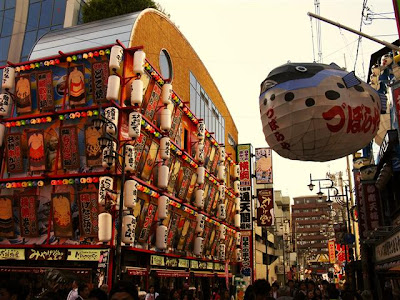Deborah is back on the mainland now,
but I extended my stay here in Hawaii for a couple of weeks to finish
up preparing our newly acquired property for the eventual building of
our next house. We don't plan to build until December or so –
depending on how long it takes to settle our affairs back home –
but I'm trying to get as much done as possible ahead of time in terms
of clearing the land, surveying, checking with the building and
planning departments, and lining up whatever else I need to develop
house plans.
The biggest project has been pruning or removing
several trees on the property. Some were blocking too much sunlight,
some had large branches which were hanging precariously over where
the house will be, and others were just plain in the way. It has
been an expensive project taming the overgrown landscape, but it has
made a huge improvement to our lot, which now is sunnier and feels twice as big. Here are some pics:
Before any tree work, except for one big Fern Tree which sat in the middle of the lot.
Before: Three of five Eucalyptus Trees on our lot, with Mock Olive Trees behind blocking much sunlight.
After: Eucalyptus Trees trimmed and most Mock Olive Trees removed. Also, much of the jungle-like overgrowth on the upper berm removed.
Before: More Mock Olives plus you wouldn't believe how much crap is buried under all those weeds.
After: Makes the yard look much bigger. The big Cypress Tree still has to be sectioned and removed. Entrance to the property is on the right between a Eucalyptus and Palm Tree.
All the debris smaller than 8" diameter or so gets chipped.
Deborah spreading wood chips.
Working on trimming a Eucalyptus Tree that was overhanging the neighbor's property.
Michael - I wouldn't want his job.
Michael's dog Pipi (which means "cow" in Hawaiian)
The Cypress comes down.
Deborah's first gardening project with bromeliads.
Our neighbor to the north. The covered hole in the ground surrounded by rocks was used as a traditional Hawaiian oven.
Northwest corner of the property. The structure was left for us. It needs a new canvas covering (or other roof) but is handy when rain showers come.
Northeast corner of the property.
Looking south to the newly barked upper level. There used to be some sort of clubhouse here as part of the old plantation, thus the retaining walls and steps. Another big beautiful Eucalyptus stands in the middle.

























































